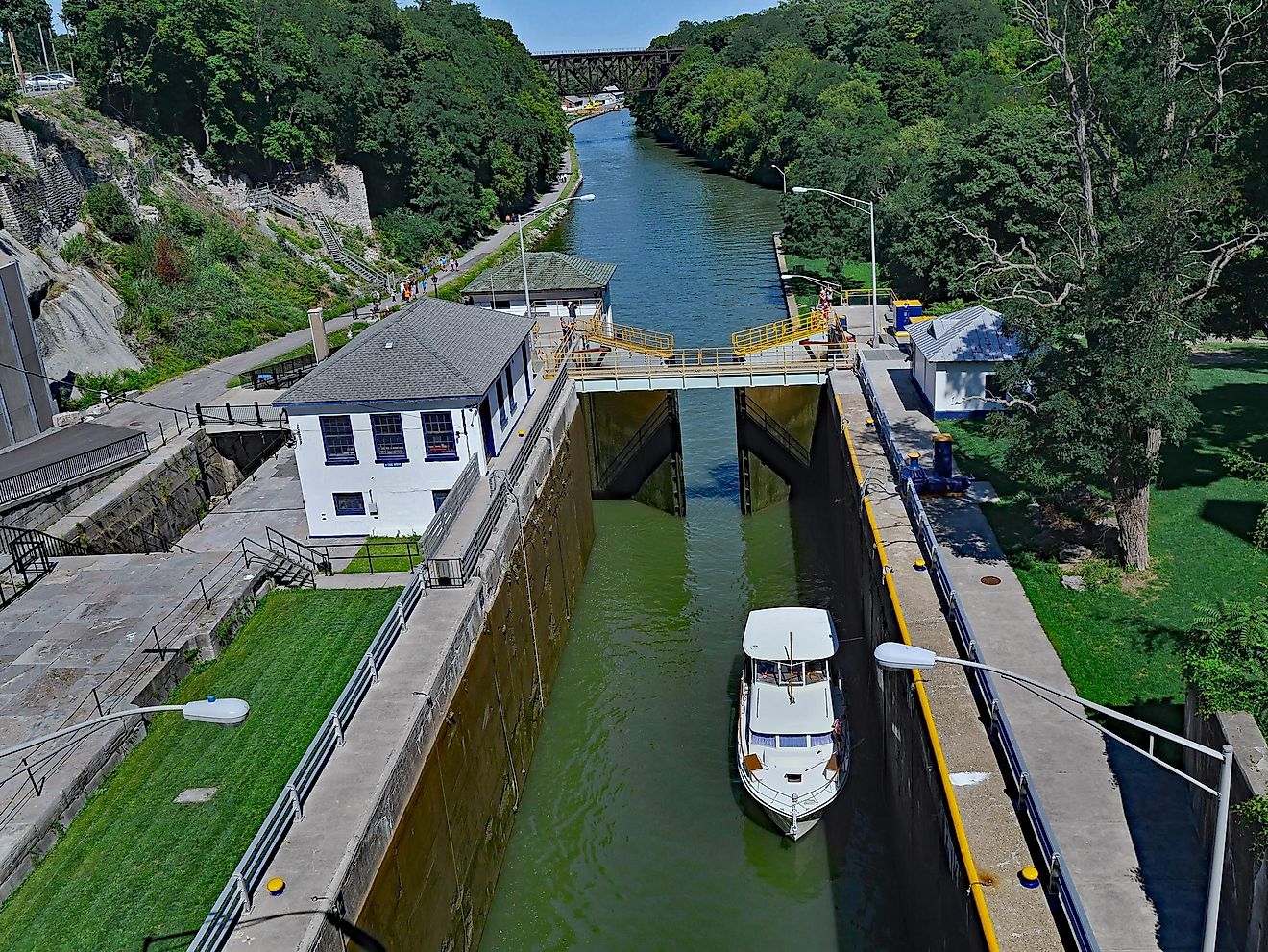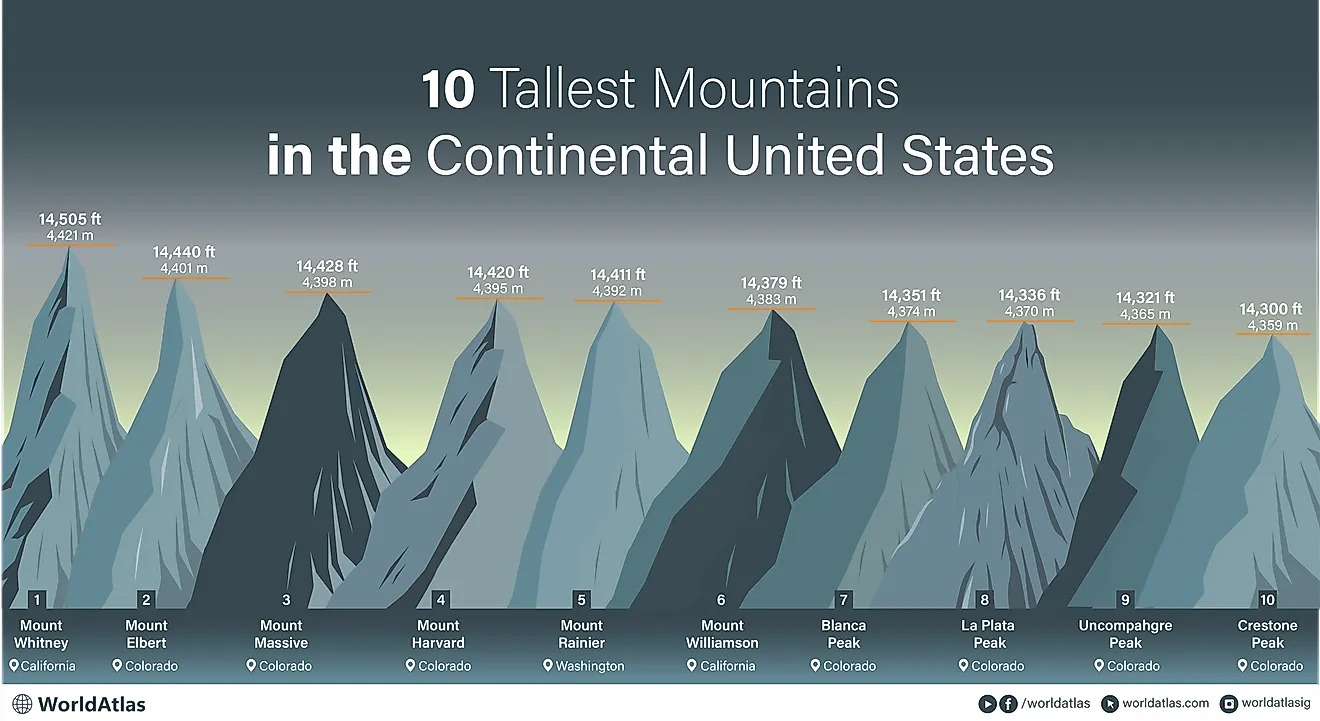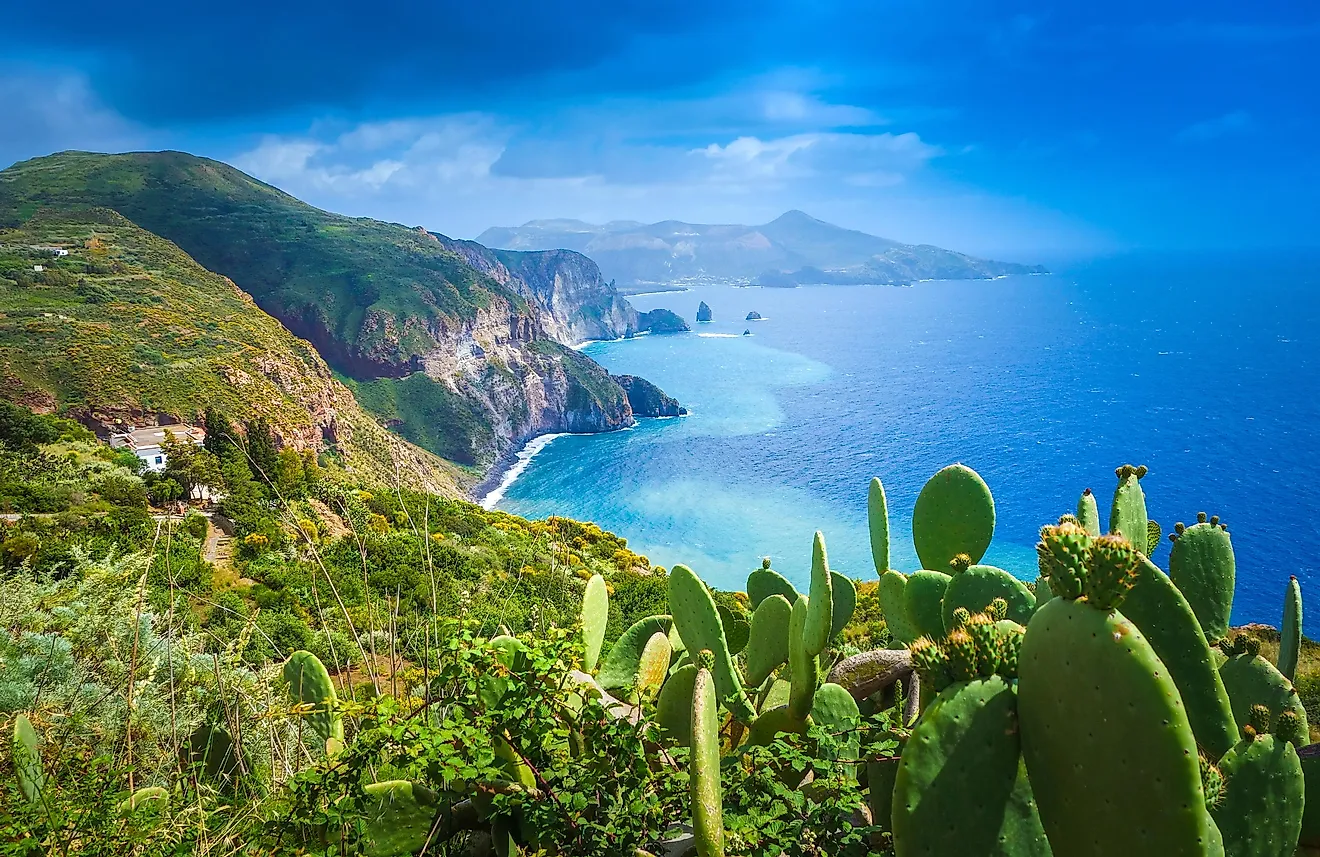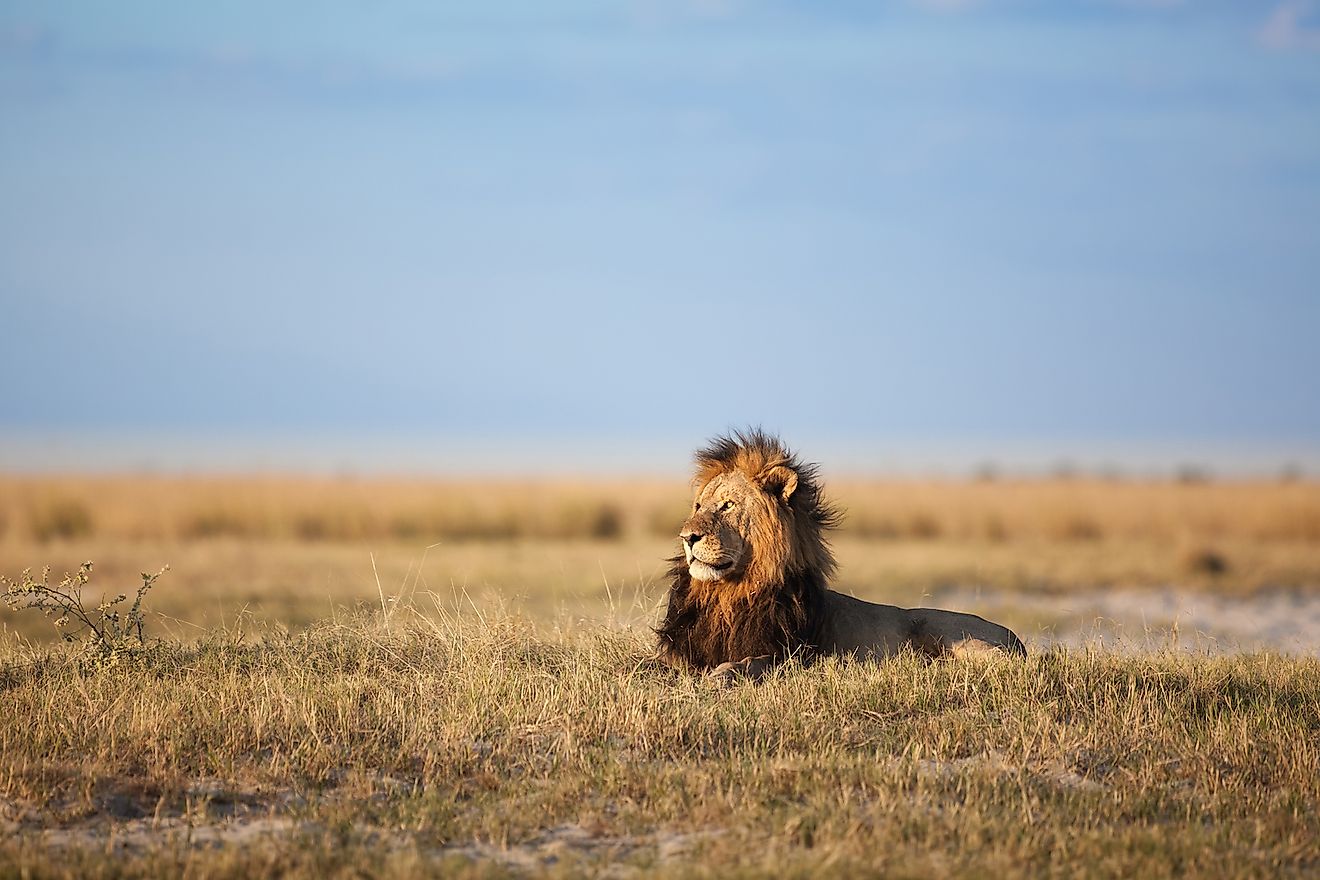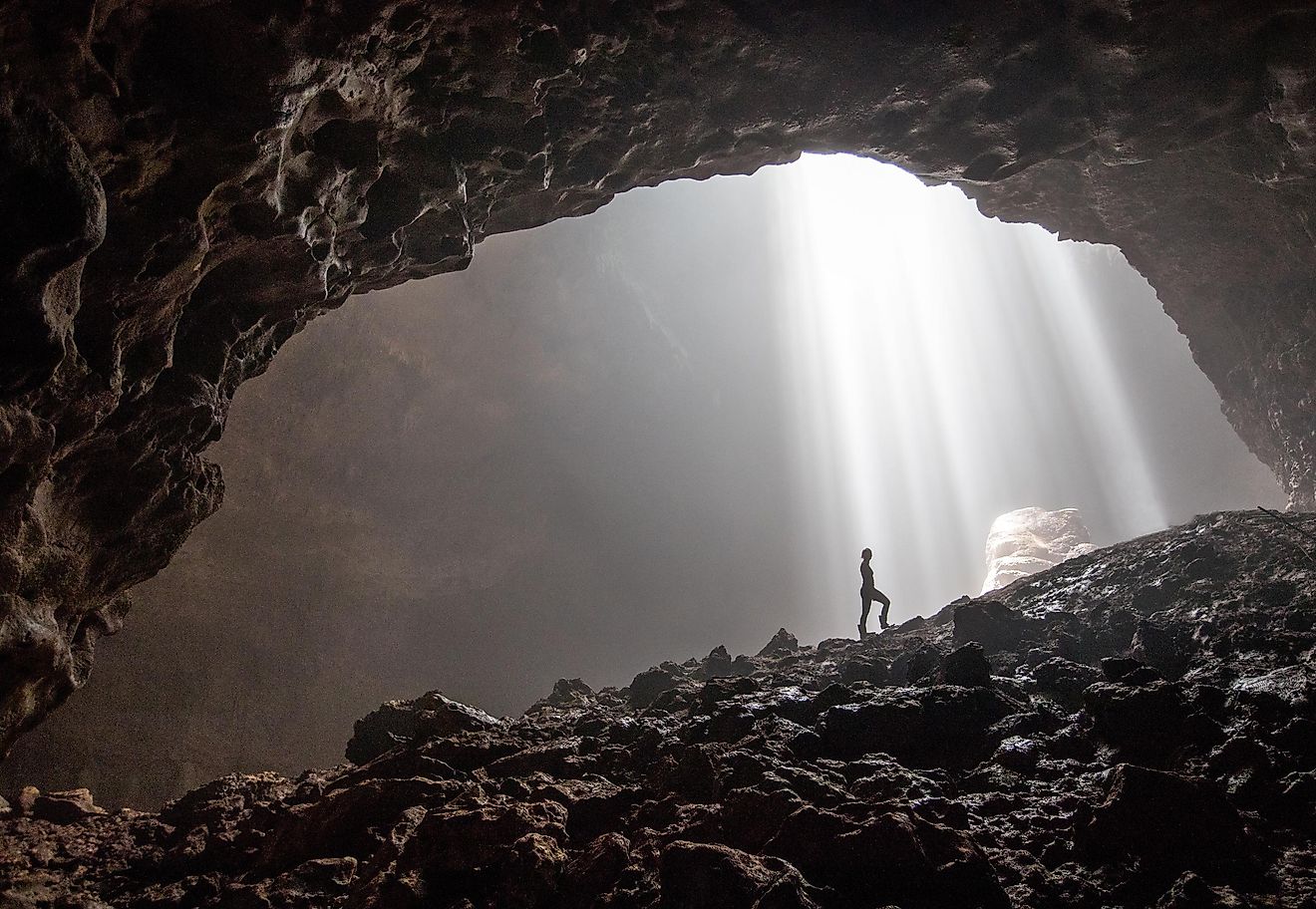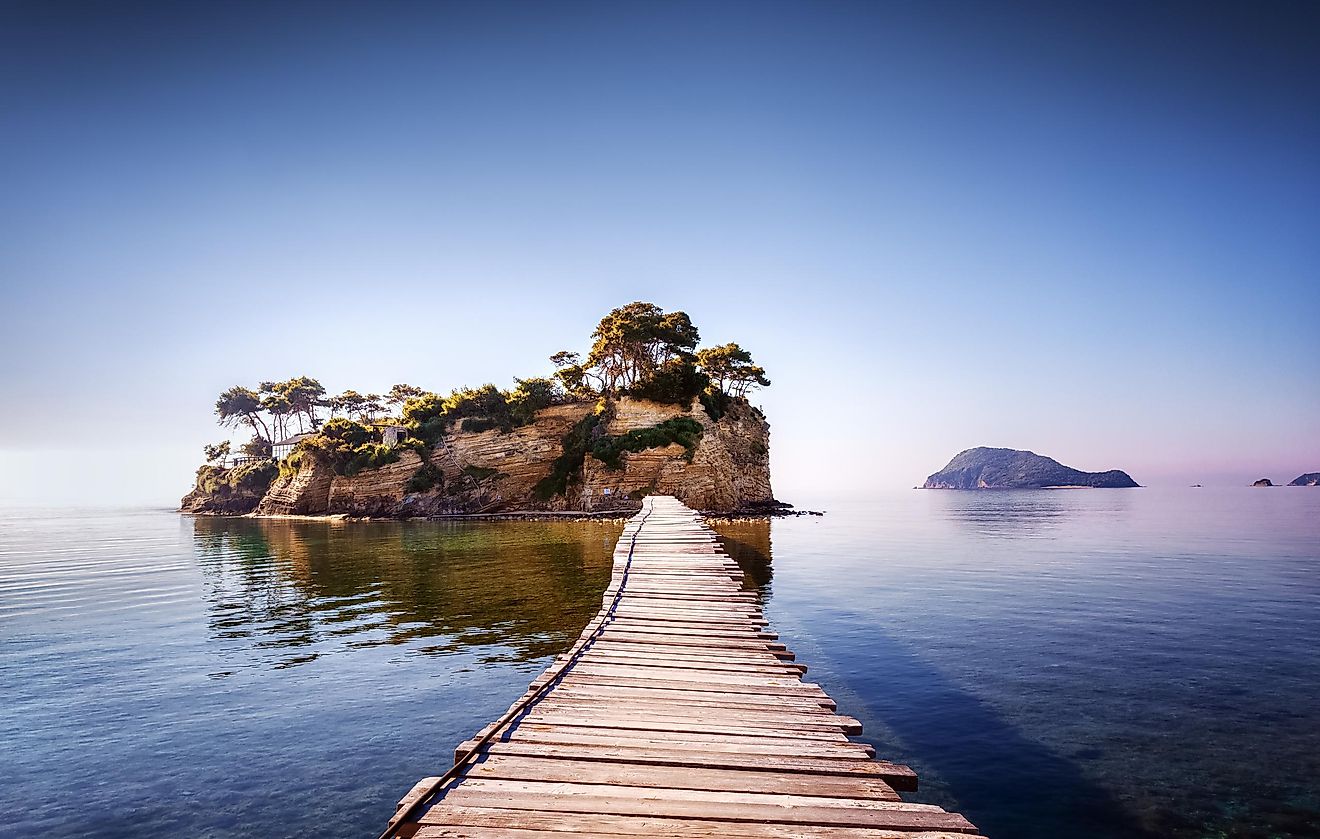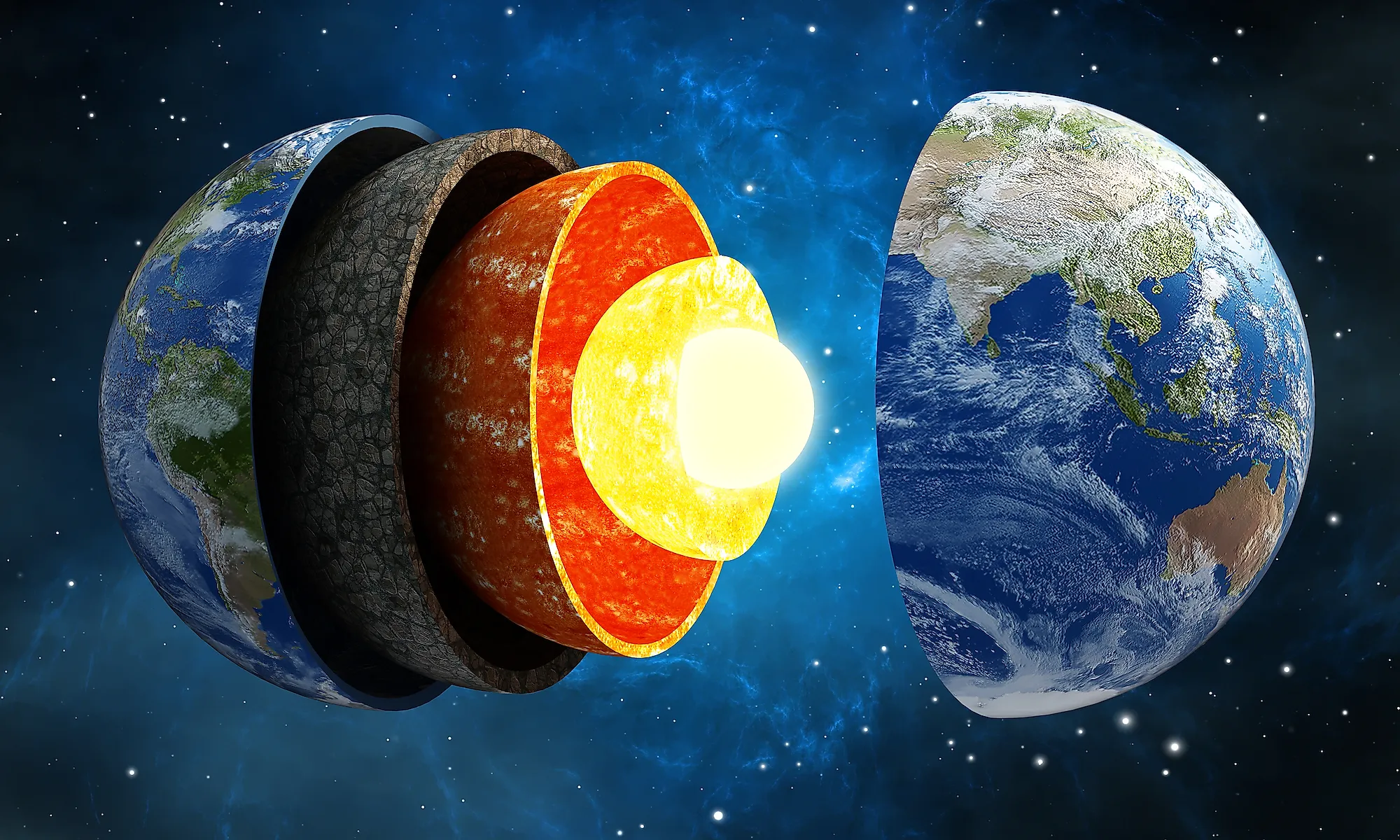
What Are The Layers Of The Earth?
- The earth is split into four major layers: the crust, the mantle, the outer core and the inner core
- The crust is what humans live on, and it consists of only one percent of the Earth's mass
- The centre of the Earth is a solid ball of nickel and iron roughly 70% the size of the moon
Geologists have come a long way in terms of the collective knowledge of the Earth and our solar system. Though it is not possible to see deep into the centre of the planet, various scientific tests and predictions such as geological samples and seismic analysis have helped to create a picture of what the Earth (and other planets) look like below the surface. In this way, the Earth has been separated into four distinct layers. These are:
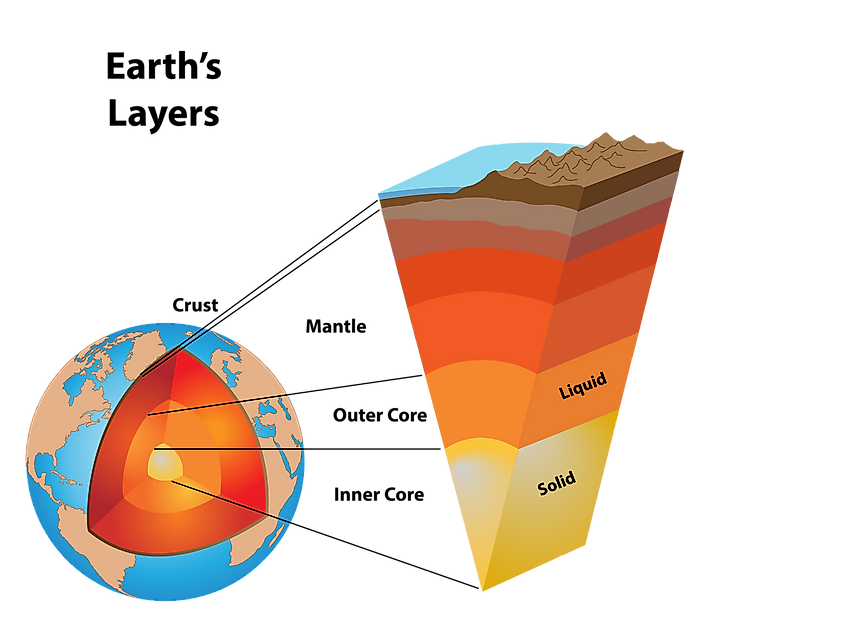
Crust
The crust of the Earth is the area that is arguably best known by scientists, and certainly the one the general public is the most familiar with, as it is where we live. Human life all exists on the crust of the Earth, as does the rest of known organic life. The crust is the thinnest of the four layers on Earth, and is only 1 percent of the whole Earth. The crust’s thickness ranges in measurement from only 5 to 70 km thick, depending on location.

The crust can be further divided into two categories - the continental crust, and the oceanic crust. The continental crust is generally much thicker, less dense, and is composed mainly of rock, and this is the ‘dry land’ crust which includes all earth above sea level. The other type of crust is known as the oceanic crust, is considerably thinner, denser, and made up of rock basalt. This is anything below sea level, and the thinner layers hold the oceans, seas and gulfs.

The Earth’s crust is also broken up into various pieces, known as tectonic plates, which fit together in a puzzle-like manner to form what is collectively called the crust. These plates, which are large chunks of the crust, are free-floating in/on the liquid lower level known as the mantle. Tectonic plates exist in both oceanic and continental areas, and traverse country and continental borders. There are seven major plates: the Pacific, North American, Eurasian, African, Antarctic, Indo-Australian, and South American and 10 minor plates: Somali, Nazca, Phillipine Sea, Arabian, Caribbean, Cocos, Caroline, Scotia, Burma, and the New Hebrides plates.
Mantle
The mantle makes up 84 percent of the Earth’s volume, and consists of both solid and molten rock known as magma. When the Earth was young, the majority of the mantle would have been viscous melted rock, but this has cooled and solidified over millions of years to form the mantle we know today. The mantle is much thicker than the crust, and measures some 2,900 km in depth and is mainly composed of silicate rock such as olivine, garnet, and pyroxene; or the rock known as magnesium oxide. A number of other elements are common in the mantle layer, including iron, aluminum, calcium, sodium, and potassium.
As you go deeper into the Earth, temperature and pressure increase. Within the mantle, there is a range of temperature, which rises depending on depth. Nearest the crust, the mantle registers temperatures around 1000° Celsius (1832° Fahrenheit). At its deepest, temperatures can read as high as 3700° Celsius (6692° Fahrenheit).
As mentioned, the tectonic plates which form the mantle, are often described as ‘floating’ in the mantle. The mantle itself is most viscous at these plate borders and faults, allowing for mobility of the plates over large expanses of time.
The mantle itself can be divided into several sub-layers which include the upper mantle, the transition zone, the lower mantle, and D or D double-prime layer. Additionally, the upper mantle contains both the lithosphere and the asthenosphere.

Outer Core
Below the mantle lies the layer known as the Outer Core. This is a thick layer - some 2,200 km (1367 miles) thick - that consists of liquid iron and nickel. In order for the nickel and iron to be in liquid form, the core must sustain intensely high heat. The Outer Core is thought to be as hot as 6,100 degrees celsius (11000 Ferenhaiet) It has been determined that this layer is liquid, based on the extensive study of seismic waves, and the way in which they bounce off the center of the Earth. The waves move differently through solid or liquids, thus distinguishing the outer core from its solid inner counterpart. This layer is also not static. As the Earth rotates on its axis, the liquid metal of the outer core also spins, turning approximately 0.3 to 0.5 degrees per year relative to the rotation of the surface. The outer core is also thought to be the cause of the magnetic field on Earth. It is this field which allows for life to be sustained here, as the field helps form a protective layer around the Earth’s atmosphere, blocking harmful solar winds.
Inner Core
At the very centre of the Earth is what is known as the Inner Core. Protected by the liquid outer core, mantle, and crust, the inner core is a hot solid ball of highly pressurized nickel and iron, with a temperature of approximately 5,700 K (5,430 °C; 9,800 °F), which is roughly the same as that of the sun. The core makes up around 20 percent of the Earth’s mass, measuring 1,220 km (760 mi), and is roughly 70 percent of the size of the moon (including the outer core it would be twice the moon’s size). The core is an extremely dense and highly pressurized environment. The inner core is actually expanding very slowly as the outer core layer solidifies. This solidification can be attributed to the high density and pressure found in the Earth’s center. In theory, this means the whole core will eventually fully cool and become a purely solid mass over billions of years.





